Summer season is here
With the weather getting warmer we are starting to see more cars with A/C issues. Here is a Peugeot RCZ […]
READ MORE -
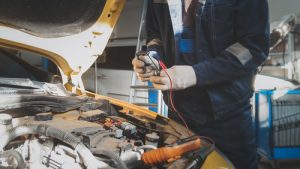 Winter advice for keeping your motor running in the cold
Winter advice for keeping your motor running in the coldWhen it starts to get a little chilly, as it often does in the UK, it’s not uncommon to find your car not running as it should. For things like starter motors, car batteries, and alternators, damp and cold conditions can caused issues.
Battery Problems – The most common fault tends to be the battery. If you hear a faint notice when you try to turn the ignition it could be that you have a flt battery. You might want to check your dashboard lights. If they are not coming on this is a sign that there may be an issue with the battery. To prevent this from happening it may be worth charging your battery
Alternator Problems –If you have a new battery and it keeps going flat, the problem probably lies here. When you jump start your car and the engine dies immediately, this points to a faulty alternator. Another sign with an issue with the alternator is that your dashboard lights and possibly your headlights will flicker. In these situations, it’s recommended to book your vehicle in with an experienced auto electrician. Where electrics are involved it’s always better to be safe than sorry.
Broken Starter Motor – The most obvious sign of a broken starter motor is a clicking sound when you turn the ignition key, followed by the engine refusing to start. You can usually tell if it’s the starter motor rather than the battery at fault if all the lights and in car electrics are working. Similar to the alternator, because you are dealing with electrics, it’s always better to visit a professional auto electrical specialist.
Using the wrong oil – If your oil has too much cold viscosity (resistance to flow), you won’t be able to start your car in cold temperatures. On the flip side, excessive hot viscosity means engine components won’t be adequately protected, leading to premature wear. A good idea here would be to check your car’s handbook to see what type of oil the manufacturer recommends, and switch to a thinner grade if possible in winter. It’s not usually for this simple tip to be the difference between a trip to see your mechanic and keeping your car healthy in the winter months
Find an Auto Electrician near you – If you are experiencing any of these problems or just want to make sure your car is running to its best during the winter, its always recommend that you take your car in to a professional mechanic. If you live in or around Widnes and want to get your car electrics checked out then the team at Widnes Auto Electrical would be more than happy to help.
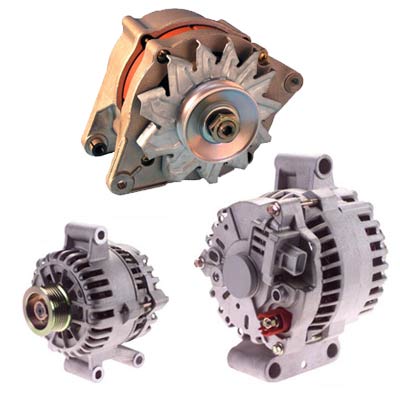 Alternators Liverpool – Having issues with your Alternator?
Alternators Liverpool – Having issues with your Alternator?Are you having problems with your car? Is it struggling to start or not starting at all? Is your battery just not working? We know that a lot of people need consistent maintenance to their vehicles, and that doesn’t fall short in terms of Alternators. That’s why we at Widnes Auto Electrical are here to provide you with all of your needs in regards to Alternators.
The Alternators primary function is to keep your battery charged. As well as that, it also provides your car with all of the means to be able to run things related to electricity. A tip to look out for, is if your starter motor is cranking or turning slowly when you’re starting your vehicle it may be because the voltage in the battery is low and you may need to get the Alternator either repaired or replaced. If you think your car is suffering from this give us a call to discuss it further or pop in and we can quickly perform some tests to find the cause of all your problems.
Into our workshop was this Merc that had problems with the aux battery under the bonnet not charging. This battery is used when cranking to help give extra amps. Also it is isolated from the main battery when ignition is off, so if main battery goes flat the vehicle can use this battery to in essence jump start the car.
The battery symbol was lit on the lcd panel on dash and the aux battery had gone flat.
There is a split charge relay that controls this along with a battery stabilisation module. We gained access to these components (not easy being a cabriolet, having to remove part of the roof mechanism) and checked wiring associated with this system all checked ok. On gaining access to components a burning smell was noticed but no burnt wiring was seen. With the battery disconnected the relay and module were removed and checked
The battery stabilisation module was burnt. We replaced this with a new O. E part and replaced charge relay to be safe reset fault codes and checked. Job correct first time and no unnecessary parts fitted.
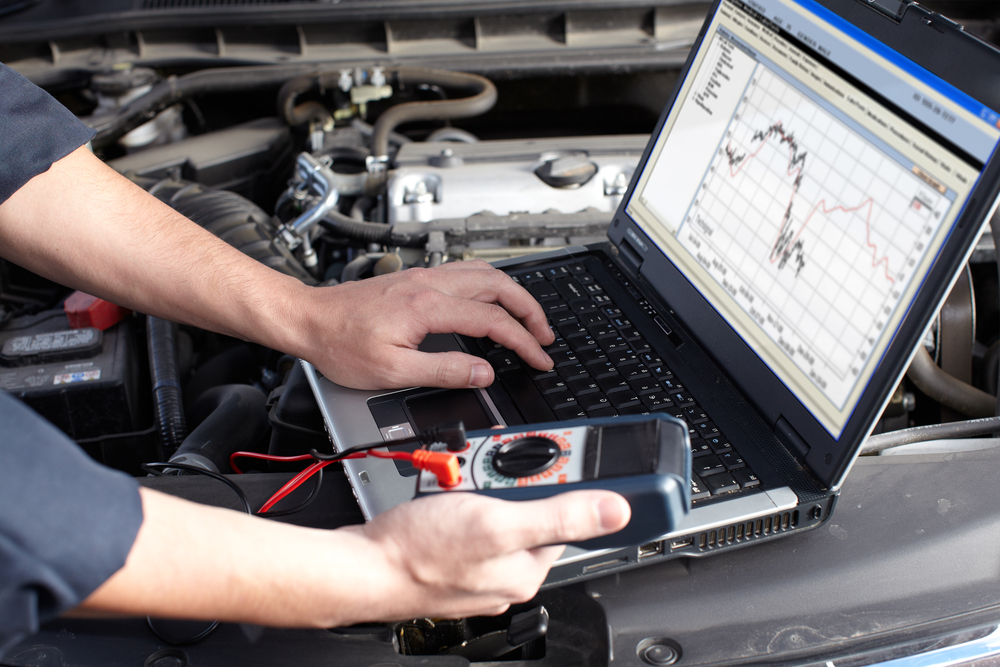 Car Engine Diagnostics Liverpool – Having engine problems? Warning light come on? We’re here to help!
Car Engine Diagnostics Liverpool – Having engine problems? Warning light come on? We’re here to help!Car Engine Diagnostics Liverpool – Has your engine refused to start, misfired or made strange sounds? If you are in Liverpool or near our Engine Diagnostics garage, then why not call in. We have the latest state-of-the-art equipment and specialist tools to accurately diagnose any problem with your engine.
When you experience a problem with your car engine, it usually tells you on the dashboard in the form of a warning light of some kind. If you don’t understand what this means, or maybe you’re not confident enough to try and fix it yourself, then our diagnostics team are at your service.
We are often substantially cheaper than main dealers, yet we provide the highest standard of workmanship and parts. We offer great value! No catches, no small print, no quibbles.
Into our workshop was this Mini which had been recovered from another garage (BMW specialist) which had failed to fix the car after having it over 2 months!!
The problem with the car was ABS, traction light on and the steering lock inoperative. The previous garage as can be seen have tried fitting a new cas unit and then apparently 3 more(there were a total of 5cas units in vehicle)!!
The fault codes show faults in CAS and ABS modules. We coded in both modules correctly, this still left speed signal faults.
In live data the CAS unit thought car was moving even when stationary. That is why steering lock was not operating.
The CAS unit we know can think this if there is a wiring issue between itself and the ABS module. So examining wiring diagrams we can trace the loom and a broken wirer was found. A simple repair and the customer had car back the next day.
This vehicle came to us with a problem with the heated rear screen inoperative.
A look at the wiring diagram shows its more complicated than people would think.
When you push the switch it sends signal to chassis ecu, which then sends signal to fuse box and relay, which in turn sends signal to screen and engine ecu (which can raise revs slightly to help with the extra load the screen has).
The circuit tested it was found that the signal was being seen by the chassis ecu but it was not sending signal on. The rest of the circuit was checked in case of further faults, none were found.
A new module was sourced and fitted with confidence.
A first time fix with no parts cannon fired at it.
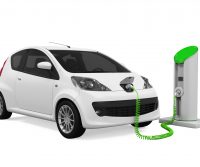
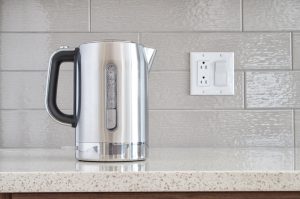 What do you get it you cross an Electric car with a Kettle? You might ask yourself why on earth is a car electrics specialist in Widnes writing an article about crossing an electric car with boiling a Kettle ? Strange you might ask. However, I thought it might be useful for you all to know that, according to the National grid, attempting to boil a kettle whilst charging your electric can could actually blow your fuse!
What do you get it you cross an Electric car with a Kettle? You might ask yourself why on earth is a car electrics specialist in Widnes writing an article about crossing an electric car with boiling a Kettle ? Strange you might ask. However, I thought it might be useful for you all to know that, according to the National grid, attempting to boil a kettle whilst charging your electric can could actually blow your fuse!
A “thought piece” document obtained by the Financial Times – Source – Telegraph warned that if you used household items such as kettles or even electric ovens at the same time as charging your electric car battery would blow the fuse.
“If one were to use an above average power charger, say 11kW, this would require 48 amps. When using such a charger it would mean that you could not use other high demand electrical items… without tripping the house’s main fuse.”
What makes this particularly interesting is that this comes just weeks after the Government announced plans to ban the sale of new diesel and petrol cars by 2040 in a bid to encourage people to buy electric vehicles.
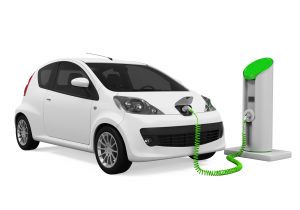 It suggests that the ability to travel longer distances without stopping to recharge will be a “must have” if motorists are to abandon petrol or diesel cars. In order to do this electric cars may well need more and more powerful batteries which, when charging will continue to effect your daily appliance usage.
It suggests that the ability to travel longer distances without stopping to recharge will be a “must have” if motorists are to abandon petrol or diesel cars. In order to do this electric cars may well need more and more powerful batteries which, when charging will continue to effect your daily appliance usage.
So what are the possible solutions? 2 most popular trending suggestions are to build several thousand “super fast” charging forecourts — similar to modern day petrol stations — or “large scale rebuild of the domestic electricity infrastructure” by fitting homes with the maximum 100 amp main fuse. Not sure which is the better option as yet. My thoughts would be that we would all prefer the convenience of charging our cars whilst at home. But the question remains, will we be ready for the next step in the automotive industry.
This old Mercedes horsebox came to us after it had a fire. An attempt to repair the loom had been tried elsewhere.
We decided a repair wasn’t feasible so we managed to source a complete vehicle harness.
After removing the old damaged loom and most of the interior the replacement loom was fitted, a time consuming job but worth the effort.
Coding this set requires you to program the chassis number into the set
We have the equipment to be able to do this in house.
This car was towed into our workshop, the customer saying that they just came out one day and it failed to start.
Plugging in our diagnostic equipment brought up codes for immobiliser.
This car is based on a BMW e39 and knowing BMW quite well we were aware of communication issues between the dde (engine ecu) and the ews (immobiliser module).
We gained access to the module and were able to perform a coding of the module with specialist equipment.
The car started instantly and ran fine.